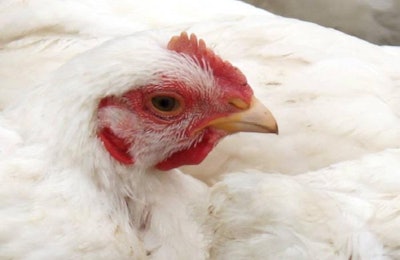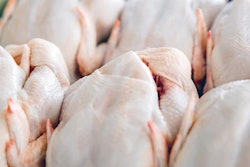
Sanderson Farms has reported a rise in net income and net sales for both the second quarter and first six months of fiscal year 2017.
Both periods for the third largest broiler company in the United States ended April 30. The company reported its financial results on May 25.
Net sales for the second quarter of fiscal 2017 were
Net sales for the first six months of fiscal 2017 were
"The results for our second quarter of fiscal 2017 reflect benign feed costs, continued favorable demand for poultry products from retail grocery store customers, higher volume, and an improving export environment," said
Joe F. Sanderson, Jr., chairman and chief executive officer of
"In addition to higher sales prices, our net sales for the quarter also reflect more pounds sold. Our new
Market conditions
According to Sanderson, overall market prices for poultry products were higher during the second quarter compared with the same period last year. Market prices for chicken products sold to retail grocery store customers remained relatively strong during the quarter and continue to reflect good demand. Compared with the second fiscal quarter of 2016, boneless breast meat market prices were approximately 9.1 percent higher, the average market price for bulk leg quarters increased approximately 17.2 percent, and jumbo wing market prices were higher by 5.1 percent. The company's average feed costs per pound of poultry products processed were essentially flat when compared with the second quarter of fiscal 2016, while prices paid for corn and soybean meal, the company's primary feed ingredients, decreased 0.4 percent and increased 15.0 percent, respectively, compared with the second quarter of fiscal 2016. The company's feed costs per pound processed were affected by changes in feed formulation and improved broiler performance.
"Looking ahead to the second half of the fiscal year, we continue to expect grain prices to remain relatively benign," added Sanderson. "There are ample supplies of both corn and soybeans worldwide, and the planting progress of the 2017 corn and soybean crops remains close to average, despite a wet spring in
"With respect to production numbers, while 2017 breeder placements have been relatively flat with 2016 placements, hatch rates and live weights are trending below last year. The current

















